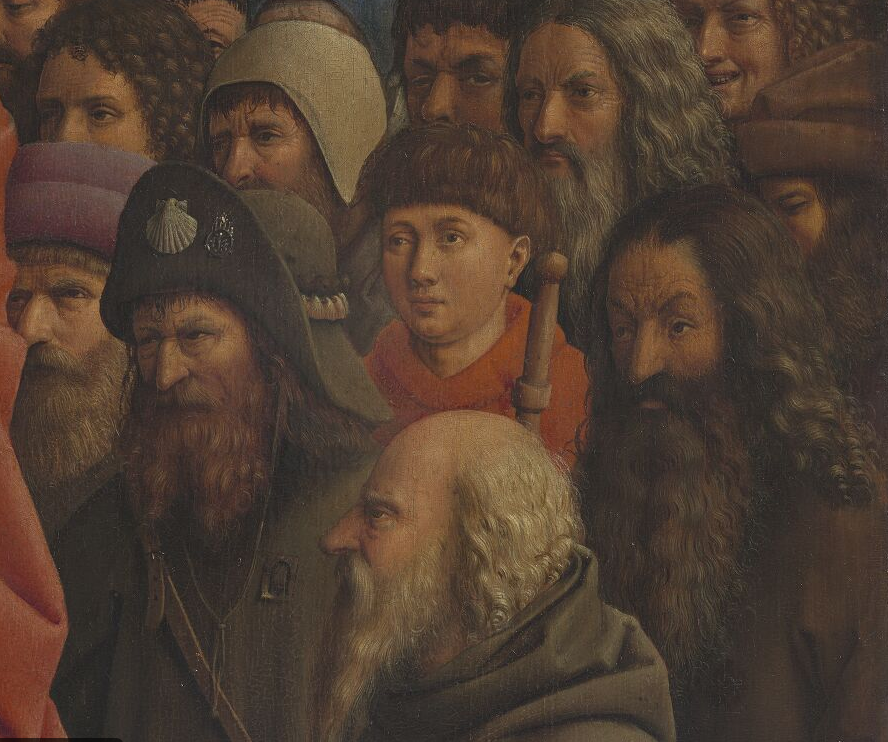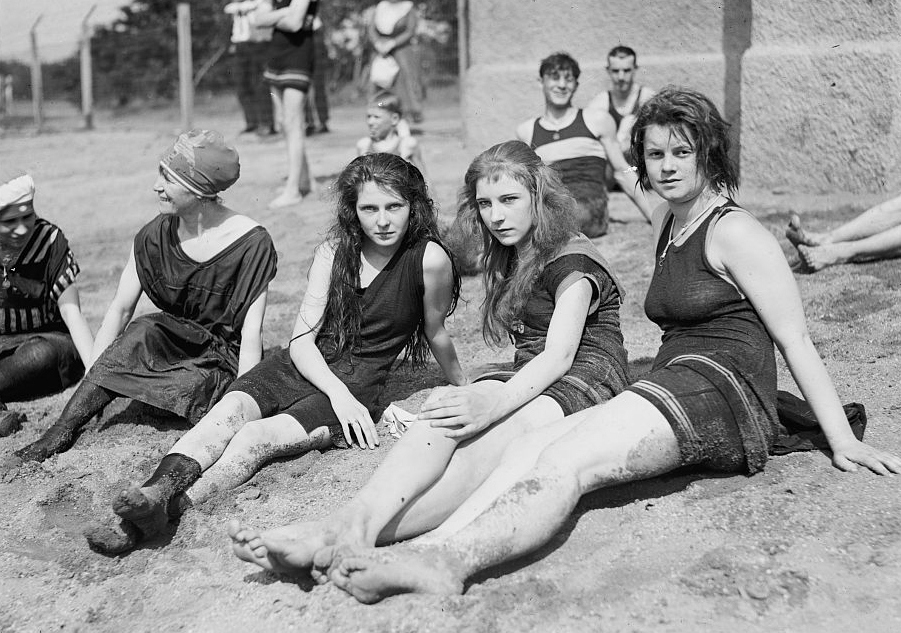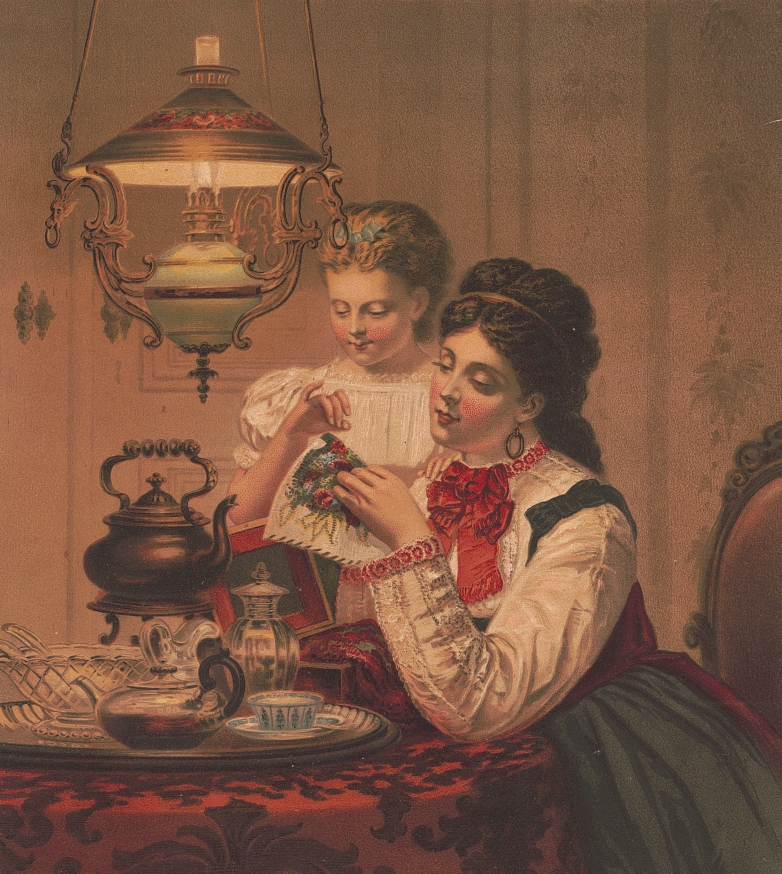“What did you do and see on your pilgrimage?” This question was probably the medieval equivalent of “What did you do on your vacation?” If your curriculum includes history of the European Middle Ages, studying medieval pilgrimage can offer insight into the lives pre-industrial people as well as our own modern motivations for travel.
Mixed Motives of Pilgrims
Since pilgrimage is a journey to a religious shrine, we often assume that historical pilgrims had purely religious motivations. But most pilgrims also enjoyed seeing new places, meeting new people, and having new experiences. A twelfth-century French bishop commented on the mixed motives of pilgrims when he said “Some light-minded and inquisitive persons went on pilgrimage to the holy places, not so much out of devotion as out of curiosity and love of novelty, that they might travel to unknown lands, and with great toil . . .might prove the stories which they had heard about the East.”

Primary source texts and images give us clues about the motivation of medieval pilgrims. The pilgrims in Chaucer’s Canterbury Tales met new people and entertained themselves with stories on the journey to the Shrine of Saint Thomas Becket. Crusaders, armed knights who took the pilgrim’s vow to fight for Christianity in the Holy Land, were also inspired by the adventure, riches, and exotic sites and experiences in the East.
Medieval pilgrims, just like modern tourists, purchased souvenirs and showed them off to their friends back home. The most common souvenir sold was the pilgrim’s badge. These small tokens, usually metal and stamped with the symbol of the saint, could be worn on the clothing of the pilgrim to show where he or she had visited.
Modern tourists still make pilgrimages to religious and secular sites. The Camino De Santiago, or route to the Shrine of St. James in northwestern Spain, was popular in the Middle Ages, and a popular destination today. An example of a secular “pilgrimages” are trips to the birthplaces, homes, or graves of presidents or other well-known people from popular culture. Elvis Presley’s home and grave site at Graceland has been visited by over 20 million visitors since it opened in 1982.
Medieval Primary Sources
More ideas and primary sources for teaching about medieval pilgrimage see Chapter 2 in Exploring Vacation and Etiquette Themes in Social Studies
Twelfth century quote above by Jacques De Vitry in The History of Jerusalem A.D. 1190, trans. Aubrey Stewart (London, UK: Palestine Pilgrims’ Text Society, 1885), 90. https://archive.org/details/cu31924028534422
Header Image: Medieval pilgrims from the Ghent Altarpiece (c. 1430s) by Hubert and Jan van Eyck. Note the pilgrim badges on the hat of the pilgrim on the left. The scallop shell was the symbol of St. James. For more detailed images of this work see http://closertovaneyck.kikirpa.be/



